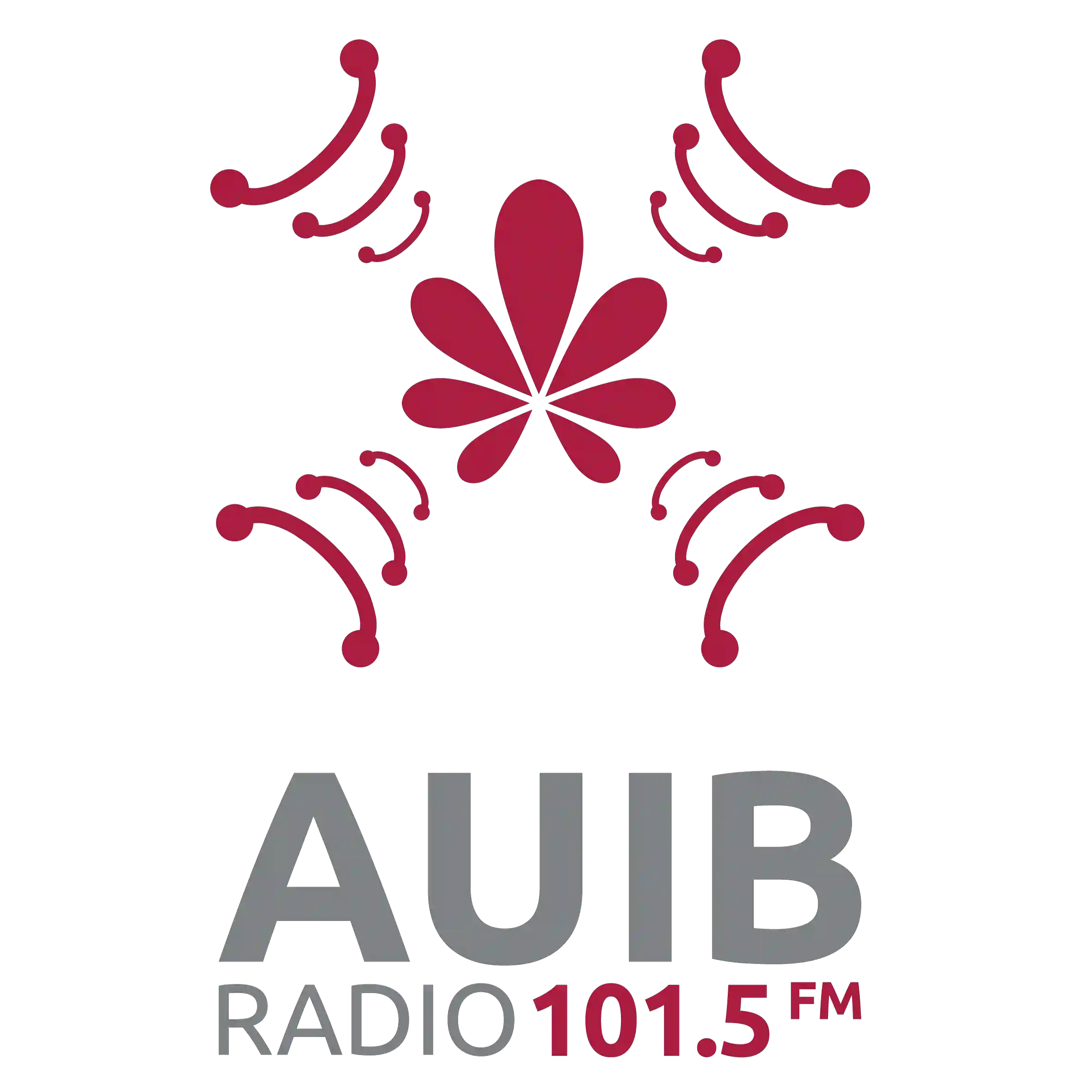

.jpg)
Doctors have utilized advanced 3D technology to reconstruct the fractured bones in the middle ear, specifically targeting the tiny bones that play a crucial role in sound transmission, such as the hammer, anvil, and stirrup. This surgery can be performed on patients of all ages, ranging from newborns to adults. The technique aims to address hearing loss caused by damage to the middle ear, infections, or metabolic conditions affecting hearing.
The first patient to undergo this procedure was a 35-year-old man who had lost his hearing after a car accident severely damaged his middle ear. The pioneering surgery took approximately an hour and a half and was carried out at the Steve Biko Academic Hospital at the University of Pretoria. The procedure was led by Professor Mashudu Tshifularo, who has spent the past decade researching conductive hearing loss and has since incorporated 3D printing technology to reconstruct the small bones of the ear.
In a statement, Professor Tshifularo emphasized that this surgery helps restore hearing by replacing damaged bones with those that function properly. He noted that the procedure is less risky compared to traditional surgeries. Additionally, using an endoscope during the surgery ensures faster recovery with minimal surgical scars, reducing the likelihood of significant scarring.
Despite the significant advancements in this technology, Professor Tshifularo highlighted the importance of expanding access to this surgery for low-income patients in public hospitals across South Africa. He underscored his commitment to making this treatment available to all segments of society.